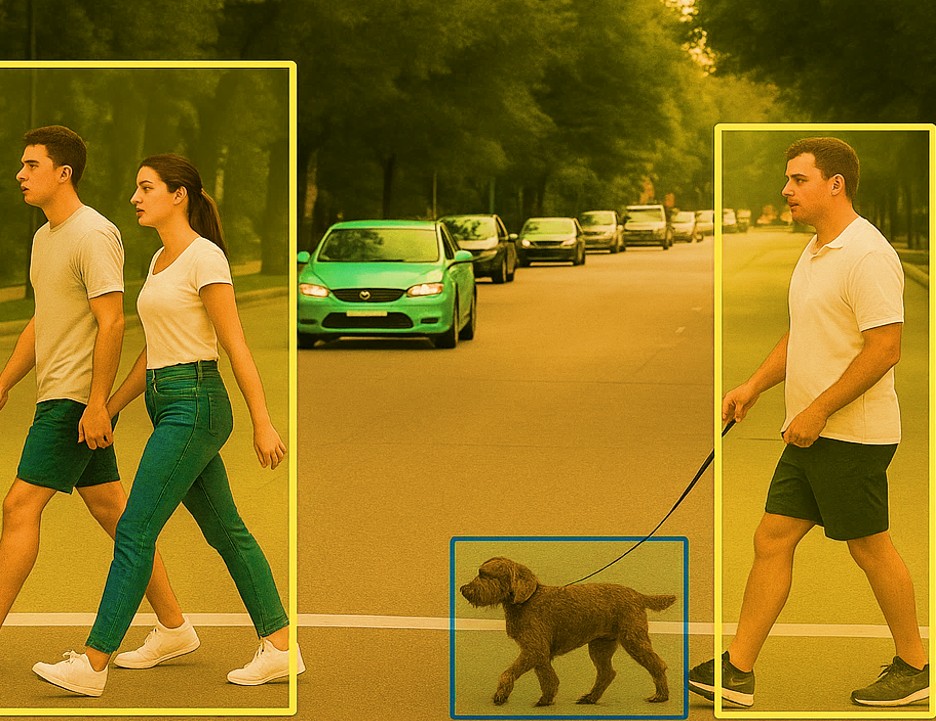
Pedestrian safety is a challenge in densely populated areas and in general in modern urban environments, like the city of Athens. Research so far confirms the connection between pedestrian-vehicle collisions at signalized intersections to the risky or illegal behaviors pedestrians engage in, and demonstrates the positive correlation with crash rates. This study investigates non-compliant pedestrian crossings at one signalized intersection in the center of Athens, using an advanced video-based detection algorithm. Data are collected from a high-traffic intersection in Omonoia Square, in Athens, using two parallel methods: manual field observation and a computer vision algorithm that integrates YOLOv8, ResNet-50, homography transformation, and Kalman filtering. The dataset includes detailed pedestrian and vehicle coordinates and speed characteristics, signal timing, and time-to-collision metric. Comparing the accuracy and effectiveness of these two methods in detecting illegal crossings and understanding their context is the key purpose of the analysis. Statistical analysis is conducted using logistic regression, random forest classification, and point-biserial correlation to identify significant predictors of non-compliant behaviour and also to compare the effectiveness of the manual field and computer vision algorithm results. The results of this study contribute to the understanding of pedestrian violations and offer valuable insights for future implementation of automated monitoring systems and policy interventions for safer crosswalks.
| ID | ad174 |
| Presentation | |
| Full Text | |
| Tags |













